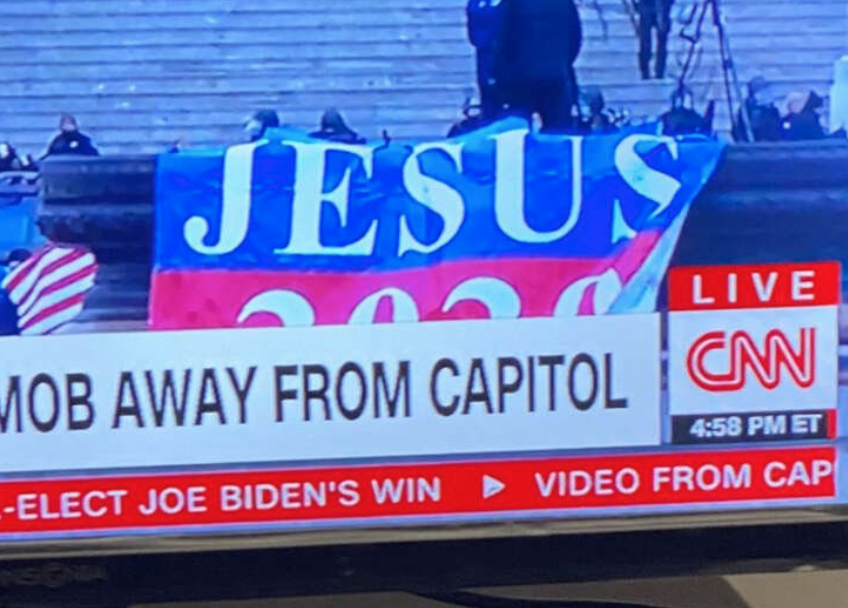I am venturing into Clemente Lisi territory with this post, and I know that. However, there are questions about the national wave of attacks on Catholic churches and sacred sites that have started to bother me. Maybe this is a test case of how the post-American Model of the Press marketplace is really going to work? Just how biased is the acceptable bias going to get?
Let’s start here: If bad people attack African-American sanctuariess, is this a news story? The answer, of course, is “Yes.” Everyone agrees, with the exception of unrepentant racists.
Now, if bad people attack Roman Catholic churches, is that a news story? The answer appears to be “No.” This is news for “Catholic,” “religious” and “conservative” newsrooms. It appears to be a minor story, zip code by zip code, in local news. This violent trend is not news for elite, national-level media.
Why is that? Possible answers include: (a) These attacks are being done by people who are “good” in the eyes of journalists because their cause is just. (b) These are bad Catholic churches (they do not fly Pride flags, etc.). (c) There are just too many of these attacks for them to be considered “news.”
Finally, (d) if these attacks were news, public officials would have to ponder whether they are “hate crimes.” This would violate the unspoken law that it’s impossible to commit a hate crime against a group that has not been declared “oppressed” by The New York Times, National Public Radio, Yale Law School and others.
Would this trend be a story if the world’s second most famous Catholic delivered an Oval Office address on the subject? Maybe we will see, if President Joe Biden sees trouble brewing in New Hampshire.
Oh well, whatever, nevermind. Here is yet another one of those “local” stories: “Cross cut down at Santiago Retreat Center in Silverado Canyon, investigators looking for suspect.” The familiar details:
A 14-foot wooden cross at the Santiago Retreat Center was sawed down this week, leaving staff and counselors shocked while Orange County sheriff’s officials try to identify a suspect, authorities said.










